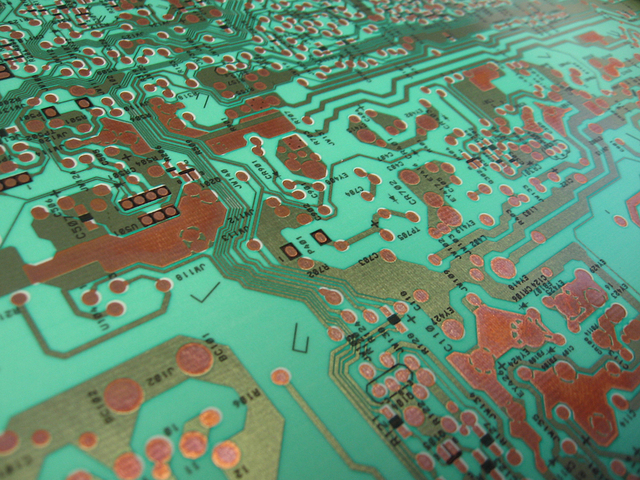Manufacturers are rapidly adapting to the increased demands for printed circuit boards, specifically where the data transmission speeds are becoming a matter of life and death. With a growing number of applications and equipment using PCB technology, it is crucial that you communicate your needs with your manufacturer to ensure that the final product meets or exceeds the expectations.
Uses in Drone Operation
The rapid growth in drone technology is even outpacing our own understanding of the use of this technology. Already we are seeing stories in the media about the public use of these devices which are creating the need for regulation that has not yet been established. Used by marketers, commercial photographers, and even in livestock management functions and surveying, drones are becoming a both a cost effective and innovative tool to accomplish jobs in new ways that were previously not possible.
However, one of the most critical uses for drone technology has been adopted by the military. The use of drones has the capability to evolve combat strategy around the world, reducing the number of casualties every year and helping to augment existing surveillance technology. Used for reconnaissance in areas too dangerous to risk human lives, drones can also be equipped for targeted air strikes.
However, when innocent lives hang in the balance, nowhere is it more important to ensure that printed circuit boards controlling this hardware will perform flawlessly, collect and transfer information in real time and better equip operators with the information that they need to effectively use this tool in their arsenal.
Medical Applications
In medical environments, the importance of real time communication can mean the difference between life and death. From use in devices as standard as heart monitors to more advanced life support systems, the significance of timely data transfer without delay can influence the success of medical response and intervention.
Printed circuit boards in medical devices include applications in equipment such as CT scanners, magnetic resonance imaging, medical imaging systems, flow rate and dispensing systems and so much more. It is an area of electronic performance that cannot be compromised and requires that the right PCB’s are installed at the outset.
Learn From Others’ Mistakes
If you have not fully disclosed your needs in a printed circuit board with your manufacturer, you may find that you are not working with the right devices to meet your needs. This can create delays and cost time, money and even lives. By sharing your design and functional needs with your PCB supplier, you can rely in input from their industry expertise that you will be purchasing the best possible product to achieve your objective.
Among the common omissions that manufacturers are tasked to address after the fact that are being discovered include omission of apertures required, exclusion of the drill file, the tool inventory is missing, as well as deficiencies of inner clearances and/or the annular ring.
When placing your order for PCBs, ensure that you have provided enough information to your customer service representative to empower them to get you the right product for the job, within your budget and by your deadline.






